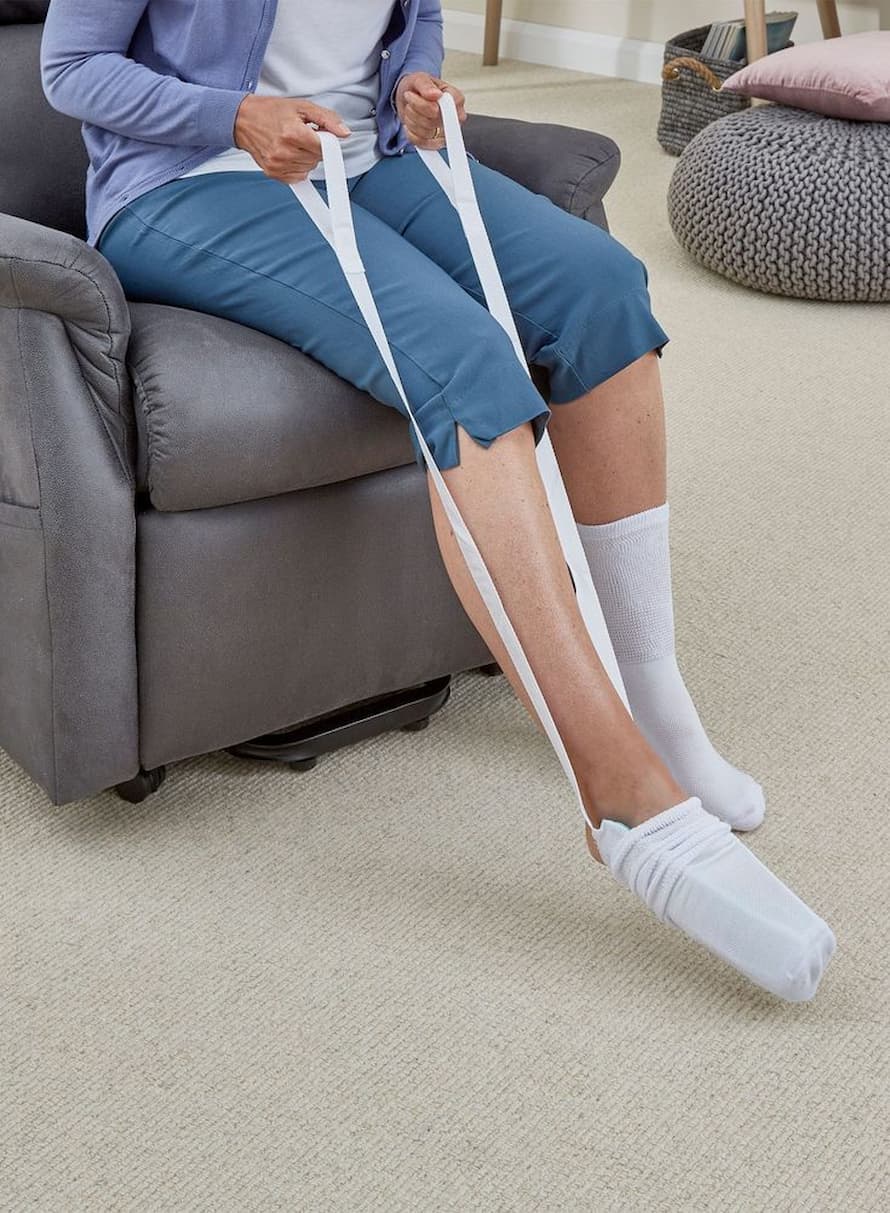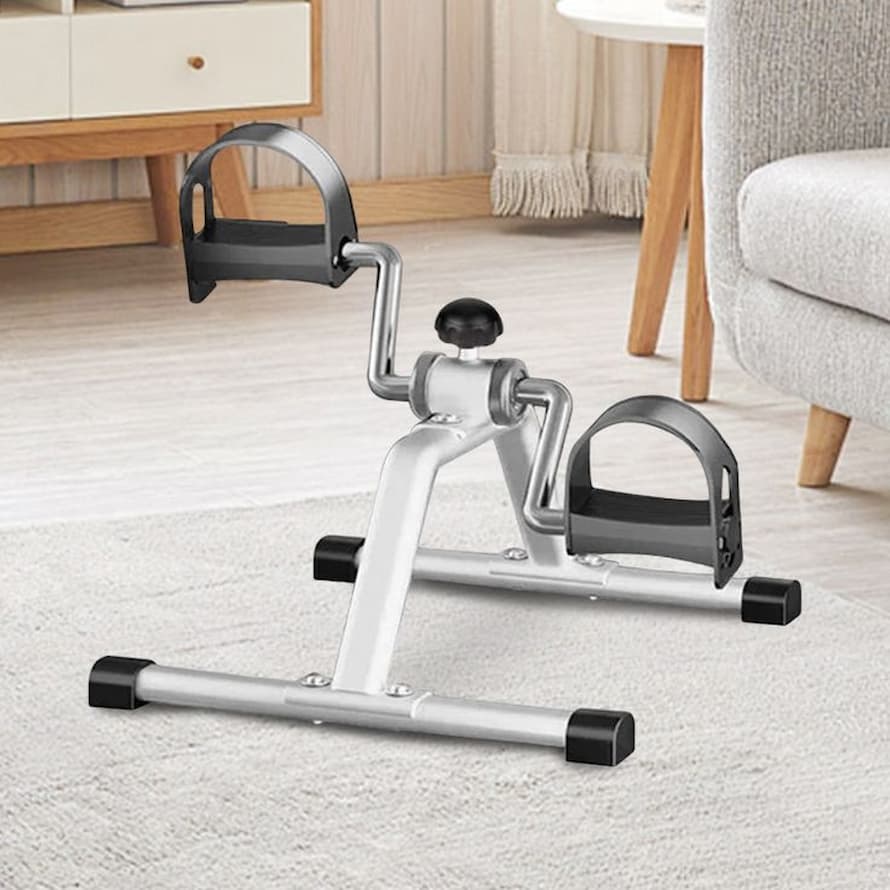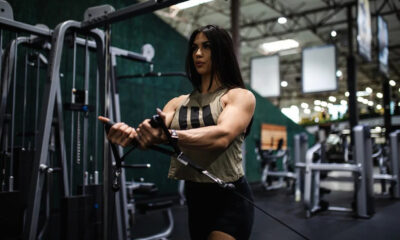Health & Beauty
Make Life Easier: Smart Daily Living Aids That Work
Whether you need to support a loved one with mobility issues or just wish to ease your daily chores and activities, the right living aids can be a game-changer. Be it for meal time, movement, bath, or bedtime, these innovative aids are crafted to encourage independence, security, and comfort without compromising your autonomy.
What Are Daily Living Aids?

source: au.pinterest.com
Disability aids for daily living are devices designed to simplify everyday activities and make them safer for individuals with physical impairment, ongoing illness, age-related changes in movement, recovery from injury, and similar situations. Consider them as helpful, and in many cases, low-tech tools that provide more independence for better control over personal hygiene, cooking, housework, and other tasks that you want to do yourself.
They vary from simple tools such as raised toilet seats and jar openers to adaptive forks and spoons, sock aids, grab bars, and more. These aids are all about filling gaps between compromised capability and normal functioning without needing assistance from others. Here are the most popular and practical daily living aids today.
Kitchen Assistants
Cooking should be an enjoyable thing and never a challenge. However, simple kitchen tasks, such as boiling water or opening canned food, can be challenging for individuals with less strength and dexterity. This is where innovative equipment like kettle tippers comes into play. Such equipment holds your kettle stable so you can pour hot water without lifting a heavy load.
Another useful aid is a rubber grip pad or a mounted bottle opener. It makes it easier to open bottles and jars, with less effort required and by using one hand.
For more difficult food preparation activities, special boards with spikes and clamps hold things in place so you can slice, butter, and chop without using full-hand strength. These small yet powerful tools assist in making a safer and more accessible kitchen space in which independence is possible.
Eating and Drinking Aids
Once occasions for nourishment and interaction, mealtimes become challenging because of the tremors or restricted hand use. Thankfully, numerous daily aids restore dignity and comfort. Weighted forks and knives, for instance, provide additional stability to shaky hands, while non-slip plates and bowls hold all in place.
Some also prefer using plate guards, which fit onto the edge of a plate and assist in guiding food onto spoons more easily. Two-handed cups or spill-proof lids are another excellent addition. They minimise the likelihood of accidents while making drinking more comfortable. These devices can transform an annoying activity into a smooth and empowering experience.
Mobility and Transfer Aids
Getting around the house safely is crucial to building independence and maintaining confidence. Transfer and mobility aids are an excellent choice for people who need additional support.
For instance, sliding sheets and transfer boards assist in making bed-to-chair or bed-to-wheelchair moves easier and safer when assisted.
Grab bars mounted at strategic points, such as bathrooms, corridors, or steps, provide a stable place to grasp while walking or shifting positions.
For more active mobilisation, a cane, walking stick, or crutches serve as support to get about without losing balance and falling over. These aids do more than just help people move; they allow individuals to be independent and go about their day without worry.
Bathroom Safety Essentials
Bathrooms are the greatest slip hazard, especially for individuals with compromised mobility or balance. But with the adaptable daily living aids, privacy and safety are possible in this room.
Shower stools and bath boards provide a safe seat to clean, reducing standing for longer periods. For individuals with upper-level mobility compromises, bath lifts can safely get in and out of the tub.
Raised toilet seats and arm supports help sit down and stand with ease, and grab rails near the toilet or shower assist with the handhold when needed. Handheld shower heads and long-handled sponges also help make personal hygiene easier, even for people with poor reach or flexibility. These devices keep the bathroom a safe and accessible place for everyday care.
Dressing Aids
Dressing is something that most of us take for granted until it becomes a challenge. When joint stiffness, weakness, or limited mobility gets in the way, dressing aids can be of great assistance. Aids like button hooks and zipper pulls can be used to help hold clothing in place without the need for fine motor skills.
Sock and stocking aids remove the bending or stretching needed to slip on shoes, and dressing sticks or long-handled shoehorns provide you with additional reach to help you dress more independently. These accommodations can ease the tension of daily dressing and help with maintaining routine and privacy.
Lifestyle and Relaxation Tools
Daily comfort is not just a question of physical function; mental and emotional well-being come into it as well. Incorporating aids to improve posture, breathing, or rest can make the day-to-day more enjoyable.
Posture-supportive seating or lumbar rolls, for example, can help with chronic back or shoulder discomfort. If you have round shoulder pain, some simple adjustments in posture can make a big change for the better in the long run.
You can also consider adding more relaxation to your routine. As pleasant as a relaxing soak in a swim spa is, it can enhance muscle flexibility, reduce joint stiffness, and improve all-around health.
Small Aids, Big Difference

source: au.pinterest.com
From dressing and preparing food to moving confidently around your home, the best disability aids for daily living offer more than just convenience. They can give back independence, comfort, and even joy to your life.
When shopping on your behalf or assisting a loved one, look for thoughtful, enabling solutions for every need. Give yourself time to discover what truly brings comfort to daily life. One or two small adjustments can assure you that convenience is one step ahead and simplify each day even more. With the right assistive daily living devices, you’re choosing freedom, self-assurance, and independence.












